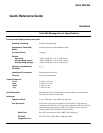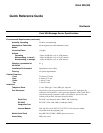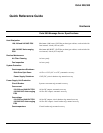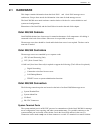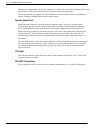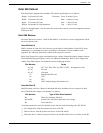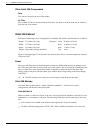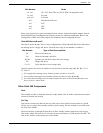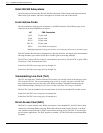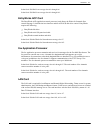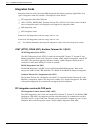
Hardware 2-1
Octel 200/300 S.4.1PB60019−01
2.1 HARDWARE
This chapter contains information about the Octel 200R and Octel 300R message server
architecture. Except where noted, the information is the same for both message servers.
The Octel 200/300 outer metal enclosure contains shelves with slots for various disk drives and
system card configurations.
Illustrations of the Octel 200, and the Octel 300 are located at the end of this chapter.
Octel 200/300 Cabinets
Octel 200/300 cabinets have front access for normal maintenance of all components. All cabling is
connected at the back of the cabinet. Side access is not provided or necessary.
The message server door should be closed and locked when access is not required. The door can be
removed as needed.
Octel 200/300 Controllers
The message servers are controlled by two separate cards:
- CPU (Central Processing Unit)
- VCU (Voice Control Unit)
A LAN card (Local Area Network) is required to support the following. (The LAN card is optional.)
- Digital Networking
- Connection to the Octel Access server
- LAN Backup/Restore
- TELNET access to system administration functions
Octel 200/300 Connectors
The following connection points are located on the back of an Octel 200/300 message server:
- System Terminal Port
- System Alarm Port
- I/O Panel
- RS-232C Connectors
System Terminal Ports
The system terminal port is an RS-232C port used to communicate with the Octel 200/300 for message
server configuration, error reporting, and other system maintenance. Two parallel connectors to the
system terminal port are located on the cabinet; one in the front (SP1) and one in the rear (J1).
Connection can be made to only one of these connectors at a time. If a terminal is to remain with the



